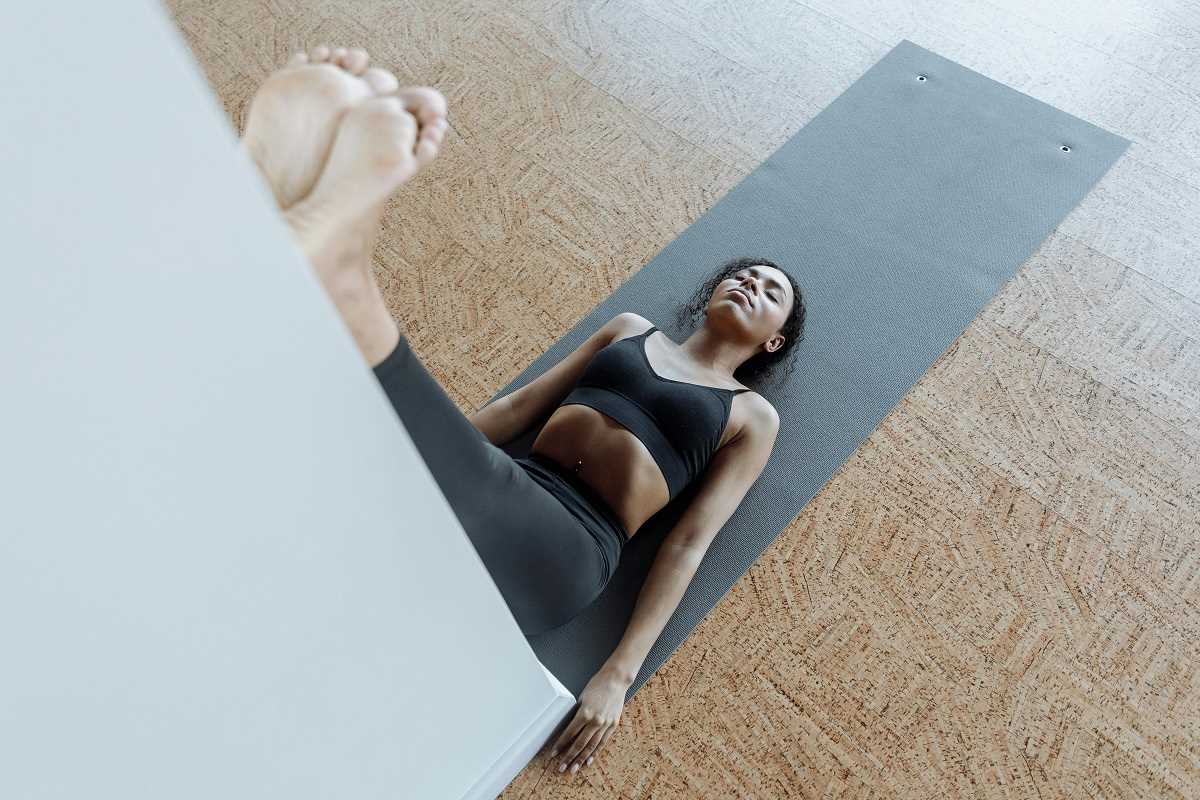Educational institutions play a critical role in molding individuals capable of meeting the demands of an ever-changing global landscape. A thoughtfully structured curriculum that combines rigorous academic instruction with carefully planned physical activities lays the foundation for students to develop a wide range of skills essential for success in life. This deliberate design of educational programs allows learners to expand their intellectual horizons while enhancing their physical well-being, providing them with the tools to overcome cognitive and physical challenges. The strategy behind such a balanced approach involves deliberate decisions to allocate time and resources to scholarly pursuits and health-promoting exercises.
What Does a Successful Curriculum Look Like?
A well-crafted academic schedule supports intellectual growth, encourages analytical thinking, and fosters problem-solving abilities, while regular physical activities contribute to improved concentration, better memory retention, and overall fitness. The result is a learning environment that nurtures creativity, resilience, and adaptability without sacrificing the importance of mental and emotional development. Students benefit from an integrated system that emphasizes the value of a sound mind in a healthy body, ultimately equipping them to face the complexities of modern society with confidence and determination. Every aspect of the curriculum is designed with the intention of inspiring a commitment to lifelong learning and self-improvement, ensuring that graduates emerge as balanced, resourceful, and proactive contributors to their communities.
Benefits of a Balanced Curriculum
- Enhanced Cognitive Function: Physical activities stimulate brain function, leading to improved concentration, memory, and problem-solving skills.
- Improved Academic Performance: Students who engage in regular physical exercise tend to exhibit better academic outcomes, including higher grades and increased classroom participation.
- Physical Health Benefits: Incorporating physical education reduces the risk of obesity, promotes cardiovascular health, and encourages lifelong habits of physical activity.
- Emotional and Social Development: Participating in team sports and physical activities helps students develop teamwork, leadership, and stress management skills.
- Balanced Curriculum Enhancement: A balanced curriculum ensures that educational standards are met without neglecting the physical development of students.
Incorporating Physical Activities
Integrating physical activities into the school day requires thoughtful planning and creativity. One effective method is to intersperse short physical exercises between academic lessons. These brief activity breaks can re-energize students, improve their focus, and enhance their ability to retain information. For instance, implementing stretching sessions or quick aerobic exercises before transitioning to a new subject can create a dynamic and engaging learning environment.
Another approach involves incorporating movement-based learning into traditional academic subjects. Teachers can design lessons that involve physical participation, such as math games that require students to move to different stations or science experiments that include hands-on activities. This not only makes learning more interactive but also helps students grasp complex concepts through active engagement.
Structuring a Balanced Curriculum
- Assess Educational Goals: Begin by identifying the core academic objectives and the desired physical outcomes. Understanding the balance between these elements is crucial for effective curriculum development.
- Allocate Time Wisely: Design a schedule that allocates sufficient time for both academic subjects and physical activities. This may involve integrating short activity breaks within longer academic periods.
- Collaborate Across Departments: Encourage collaboration between academic and physical education teachers to create interdisciplinary activities that meet educational standards while promoting physical health.
- Implement Flexible Teaching Methods: Utilize diverse teaching techniques that cater to different learning styles, ensuring that both academic and physical activities are accessible and engaging for all students.
- Monitor and Evaluate Progress: Regularly assess the effectiveness of the balanced curriculum through student feedback, academic performance metrics, and physical health indicators to make necessary adjustments.
A balanced curriculum that meets both academic and physical needs fosters healthier, more engaged, and academically proficient students. This integration empowers learners to succeed holistically in a complex world.







